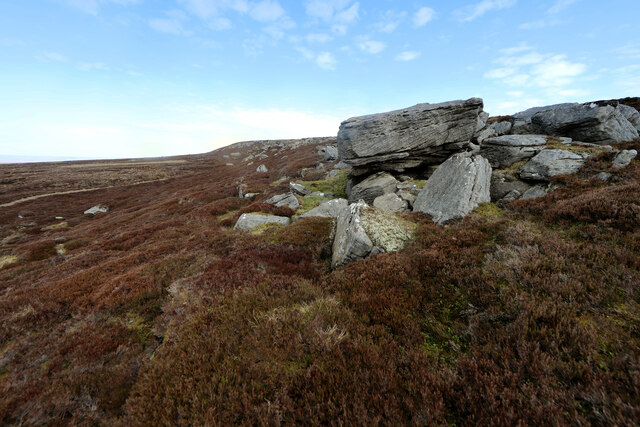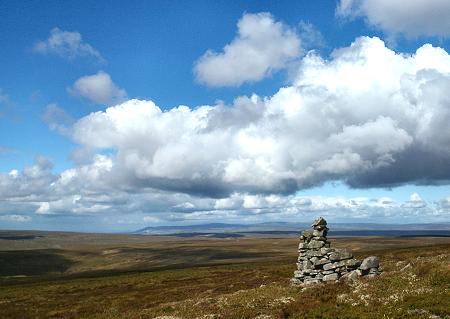Wham Bottom
Valley in Yorkshire Richmondshire
England
Wham Bottom

Wham Bottom is a small picturesque valley located in the county of Yorkshire, England. Situated amidst the rolling hills and green landscapes, it is known for its natural beauty and tranquility. The valley is part of the wider Yorkshire Dales National Park, which attracts tourists and nature enthusiasts from around the world.
Surrounded by lush green meadows and dotted with charming stone cottages, Wham Bottom offers a peaceful retreat away from the bustling city life. The area is famous for its breathtaking views, with the valley being nestled between towering hills and cliffs. Visitors can enjoy leisurely walks along the numerous trails that crisscross the valley, immersing themselves in its natural charm.
The valley is also home to a variety of wildlife, including rare bird species and indigenous flora. It provides an ideal habitat for numerous animals, making it a popular spot for birdwatching and wildlife photography. The peaceful atmosphere and unspoiled nature of Wham Bottom make it a haven for those seeking a break from the noise and pollution of urban areas.
Although a small community, Wham Bottom offers a warm welcome to visitors with its friendly locals. The valley boasts a few amenities, including a cozy pub and a small cafe, serving delicious local cuisine. It is an ideal destination for those looking to explore the beauty of Yorkshire, with nearby attractions including charming villages, ancient ruins, and scenic drives through the countryside.
In summary, Wham Bottom is a hidden gem in the heart of Yorkshire, offering a peaceful haven and stunning natural beauty to all who visit.
If you have any feedback on the listing, please let us know in the comments section below.
Wham Bottom Images
Images are sourced within 2km of 54.427971/-2.1148295 or Grid Reference NY9203. Thanks to Geograph Open Source API. All images are credited.







Wham Bottom is located at Grid Ref: NY9203 (Lat: 54.427971, Lng: -2.1148295)
Division: North Riding
Administrative County: North Yorkshire
District: Richmondshire
Police Authority: North Yorkshire
What 3 Words
///lame.shocks.obtain. Near Bowes, Co. Durham
Nearby Locations
Related Wikis
Rogan's Seat
Rogan's Seat is a remote hill located near East Stonesdale and Gunnerside Gill, in the Yorkshire Dales in England. It is a high expanse of moorland that...
Arkengarthdale Gunnerside and Reeth Moors
Arkengarthdale Gunnerside and Reeth Moors (grid reference NY935070 and SD970990) is a 7,634.72 hectares (18,865.8 acres) biological Site of Special Scientific...
Gunnerside Gill
Gunnerside Gill (or Ghyll) is a small valley in the Yorkshire Dales, England, which branches off Swaledale into moorland to the north of Gunnerside. The...
Kisdon Force
Kisdon Force is a series of waterfalls on the River Swale in Swaledale, England. The falls are situated within the Yorkshire Dales National Park in the...
Nearby Amenities
Located within 500m of 54.427971,-2.1148295Have you been to Wham Bottom?
Leave your review of Wham Bottom below (or comments, questions and feedback).














